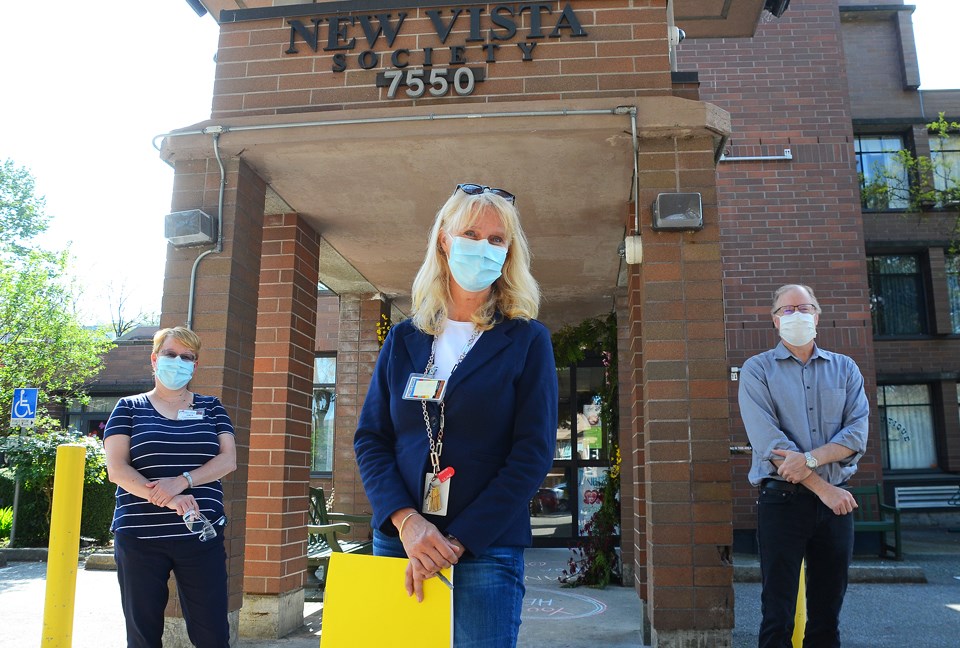As the horror stories continue to come out of Ontario and Quebec long-term care homes, it is worth noting that B.C. health authorities made a series of critically important decisions that likely averted similar outcomes here.
Chief among them was allowing private, for-profit care homes access to the province’s supply chain of personal protection equipment for their staff. PPEs were being rapidly bought up around the world and it was vital to protect all care homes.
This ensured far fewer care aides became ill with COVID-19 and lessened the chance of bringing the virus into a facility. It also meant care aides were able to stay on the job in greater numbers, the reverse from what has happened back east.
The decision came shortly after the first outbreak at the Lynn Valley care home in North Vancouver, which has seen 79 residents get sick, including 20 people dying.
Another decision was the so-called “single site” policy, which forbids care workers from working in more than one facility. Part of that policy has seen the B.C. government “top up” the wages of workers who have lost shifts at other facilities.
Other moves made early on include literally locking-down long-term care homes from almost all visitors, establishing “rapid-response” teams, and the hiring of more than 1,000 care aides.
These moves did not prevent tragedies, of course. More than 100 residents in B.C. long-term care homes and assisted-living facilities have died from COVID-19.
But without those measures taken early on by such key health figures as provincial health officer Dr. Bonnie Henry, Vancouver Coastal health officer Dr. Pat Daly, Health Minister Adrian Dix and deputy health minister Stephen Brown, those tragic outcomes could have been much worse.
More than 4,600 people have died of COVID-10 in Quebec, with a high percentage of those in long-term care homes.
One of these measures – greatly restricting access to long-term care facilities by family members wanting to visit loved ones – is proving to be increasingly controversial. There is clamor for an easing of such restrictions, but it is hard to see that occurring in the near future.
A reminder of how dangerous COVID-19 can be elderly people is the tragic experience at the Langley Lodge care home, where more than 20 residents have died, including some after the facility thought it was out of danger.
Dix says some other provinces have followed B.C.’s lead, and admits this province could have moved even earlier.
“We could have been faster,” he told me. “But we were faster than a lot of other places.”
Dix says B.C. will now shift its focus when it comes to long-term care to making working in such facilities an attractive career, and trying to secure federal dollars to replace aging facilities in this province.
One thing the pandemic has clearly done is that it has vaulted long-term care issues to the top of the health care priority list.
Keith Baldrey is chief political reporter for Global BC.



